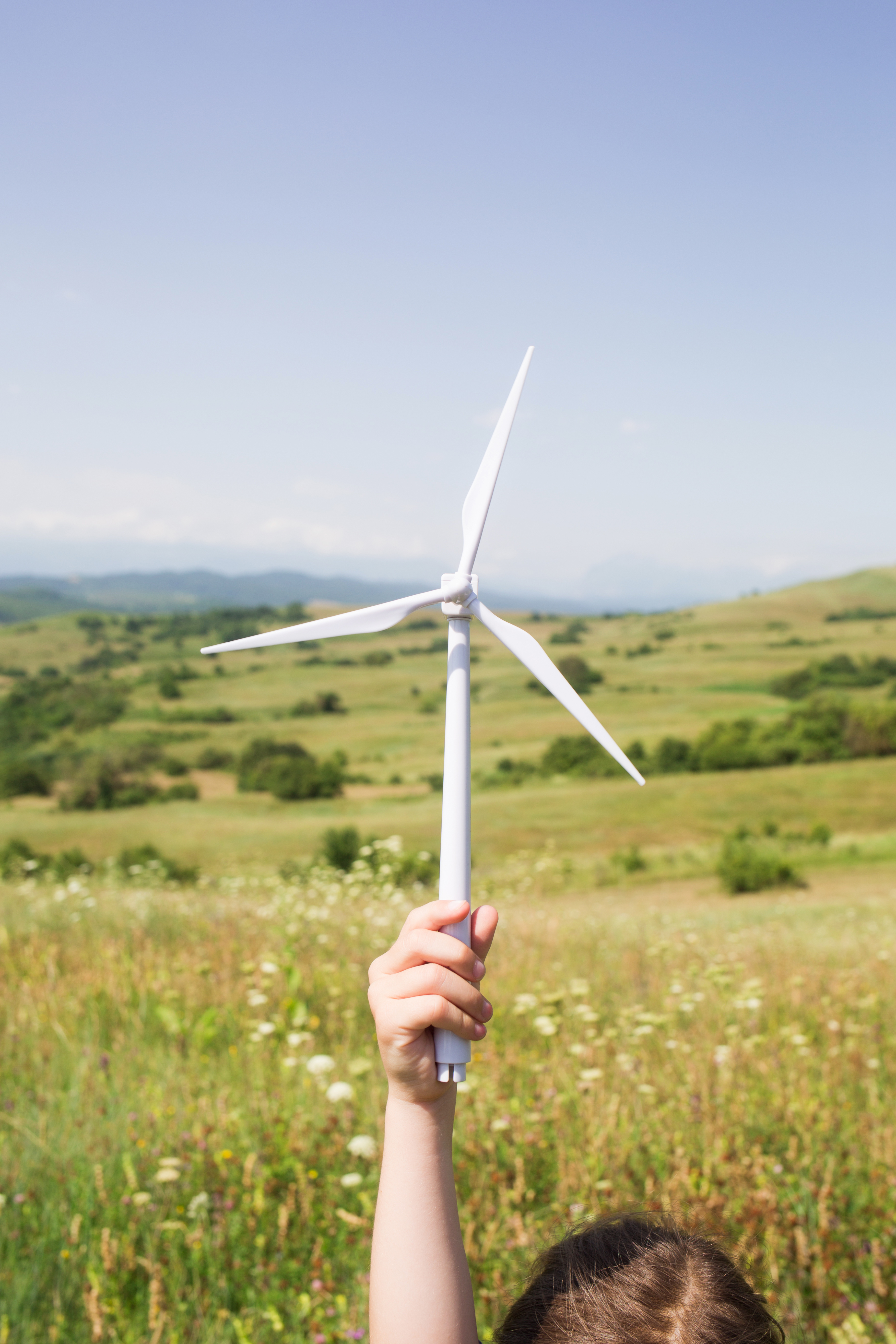


A renewable revolution is well underway, make no mistake about it. While conservative parties pedal coal and gas as the future of Australia’s electricity generation, there are sure signs that the likes of solar, wind and hydro power are eating up their own share of the electrical grid.
Renewable energy in Australia has fought a long battle to gain such ground – now generating more than a third of the country’s electricity – but there is a long way to go if we intend on meeting our government’s ambitious goal of 82% renewable energy by 2030.
WolfPeak has been consulting on projects across the country to enable greater renewable energy capacity and intend on expanding this service into the future.
Past and ongoing projects have included the Snowy 2.0 hydropower plant, the $540-million Wellington Solar Farm, and the facilitation of several wind farms.
This gives us a breadth of expertise on the topic and this article lays bare what we know and where we hope to go with Australian renewable energy. For more information on the topic, don’t hesitate to get in touch with the WolfPeak team today.
Share of the Market
To be exact, the Clean Energy Council’s (CEC) Clean Energy Report for 2023 stated that renewable energy accounted for “35.9% of Australia’s total electricity generation” in 2022. This was up from 32.5% the year before and more than double that of 2017 (16.7%).
At the same time, coal’s share fell from 59.1 to 54.6% in just 12 months, while gas rose from 7.7 to 8.9%.
The Report emphasised that renewable sentiment remained positive despite the long road ahead.
Of the 35.9% renewable energy on the market, solar power led the way with 25.8% of renewables. Breaking this down further, Australia’s rooftop solar (9.3%) continues to break global records and contribute the bulk of our solar power.
In early 2022, Australia marked its fifth consecutive year as world leader of installed rooftop solar per capita. This equated to roughly 3.4 million households – about 1 in 3 – with rooftop solar PV systems installed.
More recently in South Australia, on September 17, 2023, the electricity market reached a record-low demand as photovoltaic output represented 98.5% of underlying demand.
This essentially means that for 30 minutes one sunny September day, almost all South Australia’s electricity demands could be met with renewable energy. This was achieved through a combination of favourable weather conditions and low demand, but a high capacity for renewable energy, nonetheless. If nothing else, it painted an idyllic picture of things to come.
State by State
Speaking of South Australia, the state ranked a solid second for renewable energy as a proportion of total generation. At 71.5%, it almost doubled third-placed Victoria (36.8%) and sat comfortably behind national leader, Tasmania, which sourced all but 0.9% of its electricity from renewables.
While this is an impressive feat by Tasmania, albeit generating the least amount of energy of the major grids, it shouldn’t expect its lead to hold forever.
The CEC’s Report tallied 45 major clean energy projects in 2022, of which zero were Tasmanian.
In fact, one-third were in New South Wales, valued at $2.8bn; 10 were Victorian, valued likewise; nine were in Queensland, valued at $4.9bn; while the remainder lay in the Western states.
All we can say is, “look out Tassie!”
Trends Toward 2030
Of course, Tasmania can still lay claim to Australia’s most admirable targets in renewable energy. Having almost achieved a totally renewable electricity grid, the state now aims to achieve 150% by 2030, and 200% by 2040.
Elsewhere, South Australia is targeting 100% renewables by 2030, including a $40 million Hydrogen Action Plan. New South Wales has almost 300 large-scale projects in its pipeline valued at almost $50 billion, while Victoria aims to increase electric vehicle use by over 1600% by the mid-2030s.
While all of this sounds nice, we want to ensure that plans turn into action and accountability. The autonomous International Energy Agency (IEA) has provided an executive summary of Australia’s energy transition towards net-zero, and stated that our “net zero commitment requires a faster trajectory and increased efforts in energy efficiency and renewable energy.”
“Considerable uncertainty remains on the pace of clean energy investment at the right time and in the right place and the system integration and flexibility needs in generation and storage; demand response and grid investment; and workforce, supply chain and community needs,” the IEA added.
It’s Complicated
There’s no other way to summarise the state of renewable energy in Australia than to say it’s a work in progress. With plans in place and money on the table, we have the potential to take our place as a global superpower in renewable energy, but the next 10 years will have a lot to say about that.
To be part of the renewable revolution, get in touch with WolfPeak and harness the power of clean energy. We’re ready to take on whatever project you’ve got in mind and will show you the best way to get your planning approvals to start construction and then manage your environmental impacts once things get underway.
Test us out today and enjoy tomorrow as a truly sustainable trailblazer.



